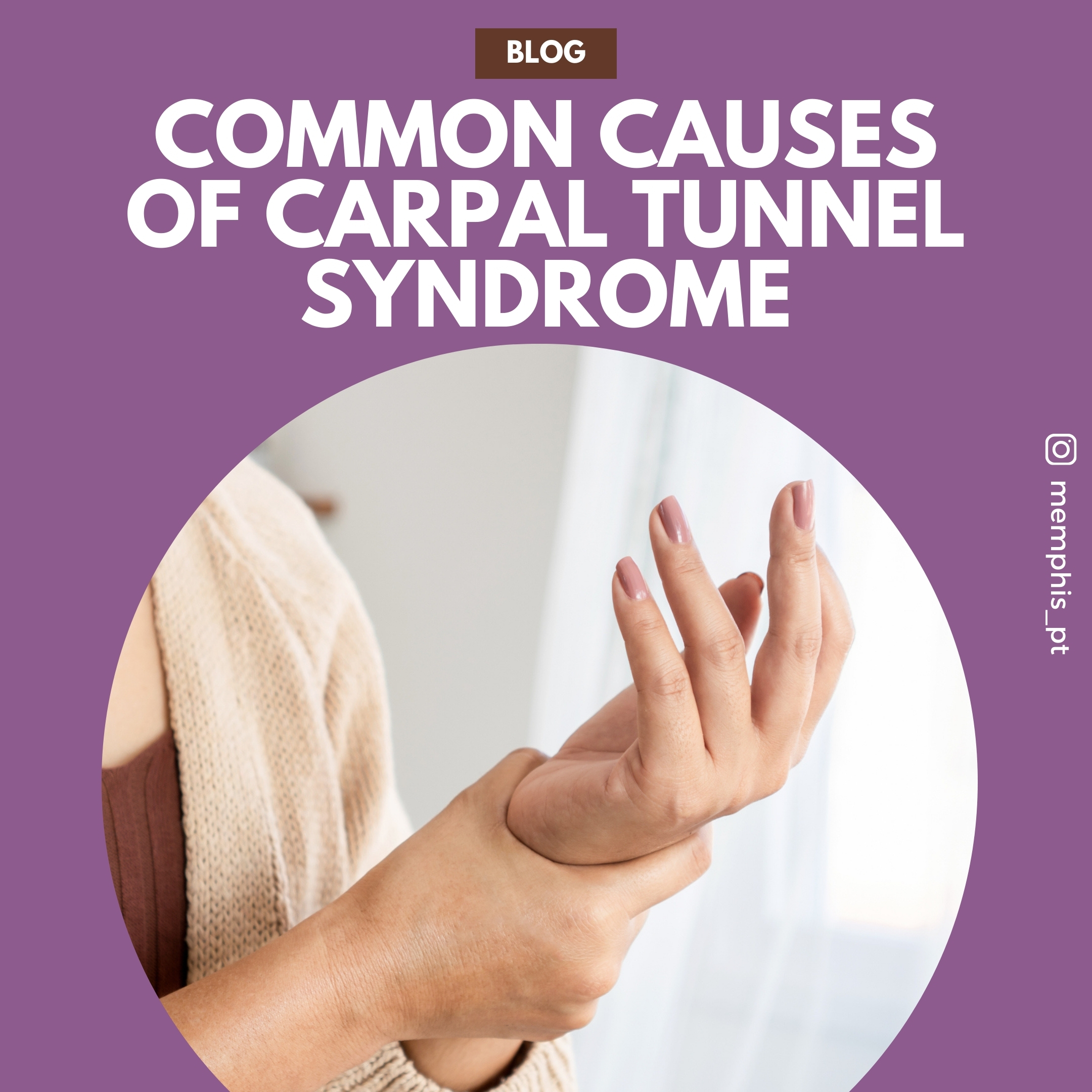
Carpal Tunnel Syndrome (CTS) occurs when the tendons in the wrist become swollen (a condition known as tenosynovitis) or when the size of the carpal tunnel itself decreases, leading to compression of the median nerve. This compression can result in various symptoms, including numbness, tingling, or a dull sensation in the thumb, index, middle, and ring fingers. People with CTS may experience pain during activities that involve pinching or gripping, as well as a sense of clumsiness or difficulty holding objects. To prevent carpal tunnel pain, it’s crucial to understand its primary causes and apply that knowledge to both work and daily activities.
WHAT IS THE CARPAL TUNNEL?
The carpal tunnel is a narrow passage in the wrist that houses the median nerve and nine tendons. The median nerve runs along the top of the tendons through this tunnel. The tunnel itself is formed by the wrist bones, with a thick fibrous band called the transverse carpal ligament forming its roof.
COMMON CAUSES OF CARPAL TUNNEL
Carpal Tunnel Syndrome is usually not linked to a single injury but can develop due to several factors:
- Genetic Predisposition: Many cases of CTS are related to the physical characteristics of the carpal tunnel or other medical conditions that tend to run in families.
- Repetitive Movements: Activities requiring repetitive use of the hands and wrists, such as those performed by manufacturing or assembly line workers, grocery checkers, musicians, and carpenters, can lead to CTS. Hobbies like golfing, knitting, and gardening can also cause repeated movements that contribute to this condition.
- Injury or Trauma: Wrist injuries, such as sprains or fractures, can lead to swelling and pressure on the median nerve.
- Pregnancy and Menopause: Hormonal changes in women, such as those occurring during pregnancy or menopause, can cause fluid retention and swelling, leading to CTS. This is particularly common during the last trimester of pregnancy.
- Medical Conditions: Conditions like diabetes, hypothyroidism, lupus, obesity, and rheumatoid arthritis can increase the risk of developing CTS.
ACTIVITIES TO AVOID MINIMIZING SYMPTOMS
To reduce the symptoms and risk of Carpal Tunnel Syndrome, it is essential to avoid certain activities:
- Keep your wrists in a neutral (straight) position, avoiding bending them in either direction.
- Avoid rapid, repetitive, forceful, or prolonged use of the hands and arms, such as in factory work or data entry.
- Refrain from tight gripping and pinching.
- Minimize pressure on the palm or wrist.
- Avoid exposure to extreme cold or vibration.
Carpal Tunnel Syndrome can significantly impact daily life by causing pain, numbness, and weakness in the hands. By understanding the common causes and taking steps to modify activities, both at work and home, you can help prevent or manage the symptoms of CTS. Being proactive about wrist health is the best way to maintain comfort and function in your daily activities.
